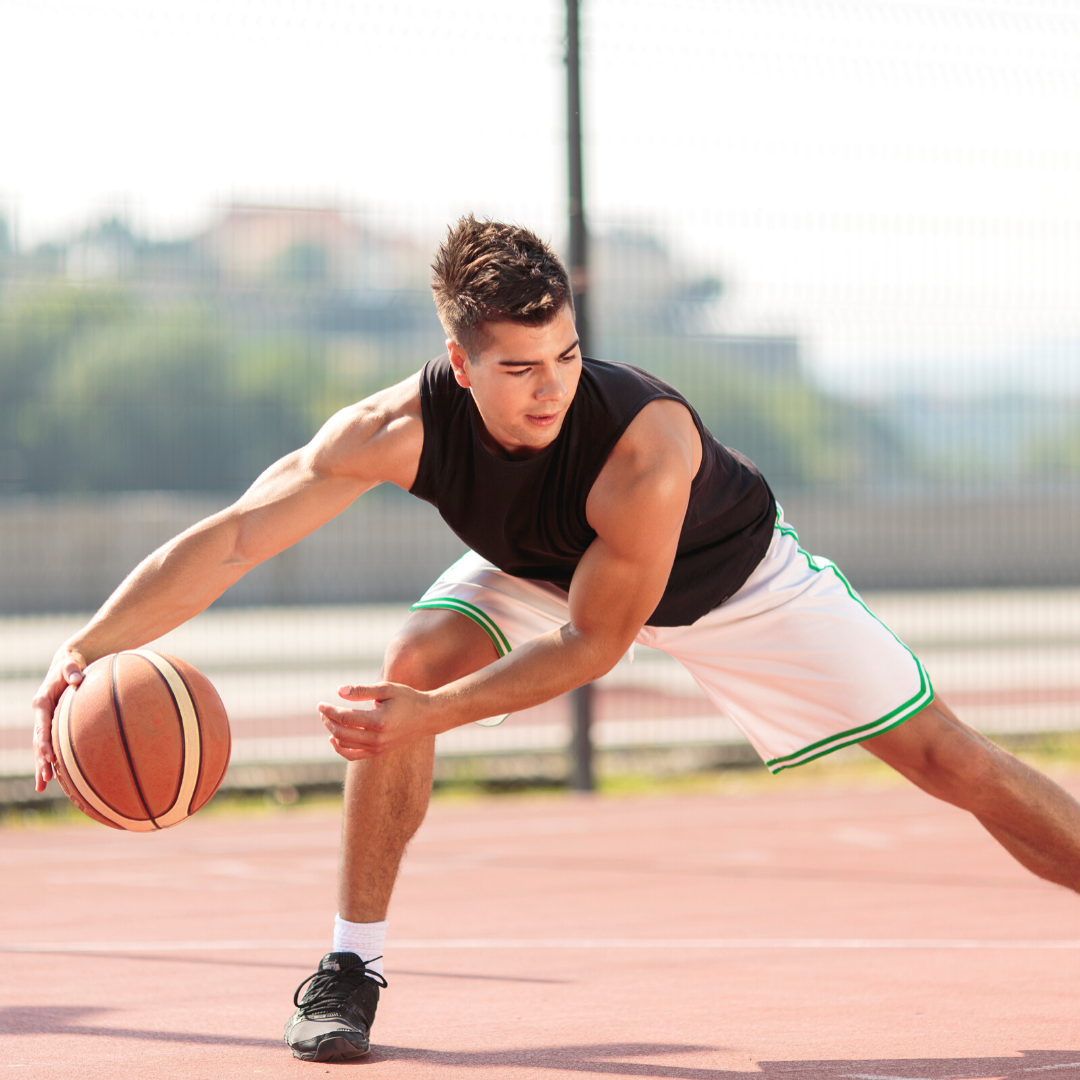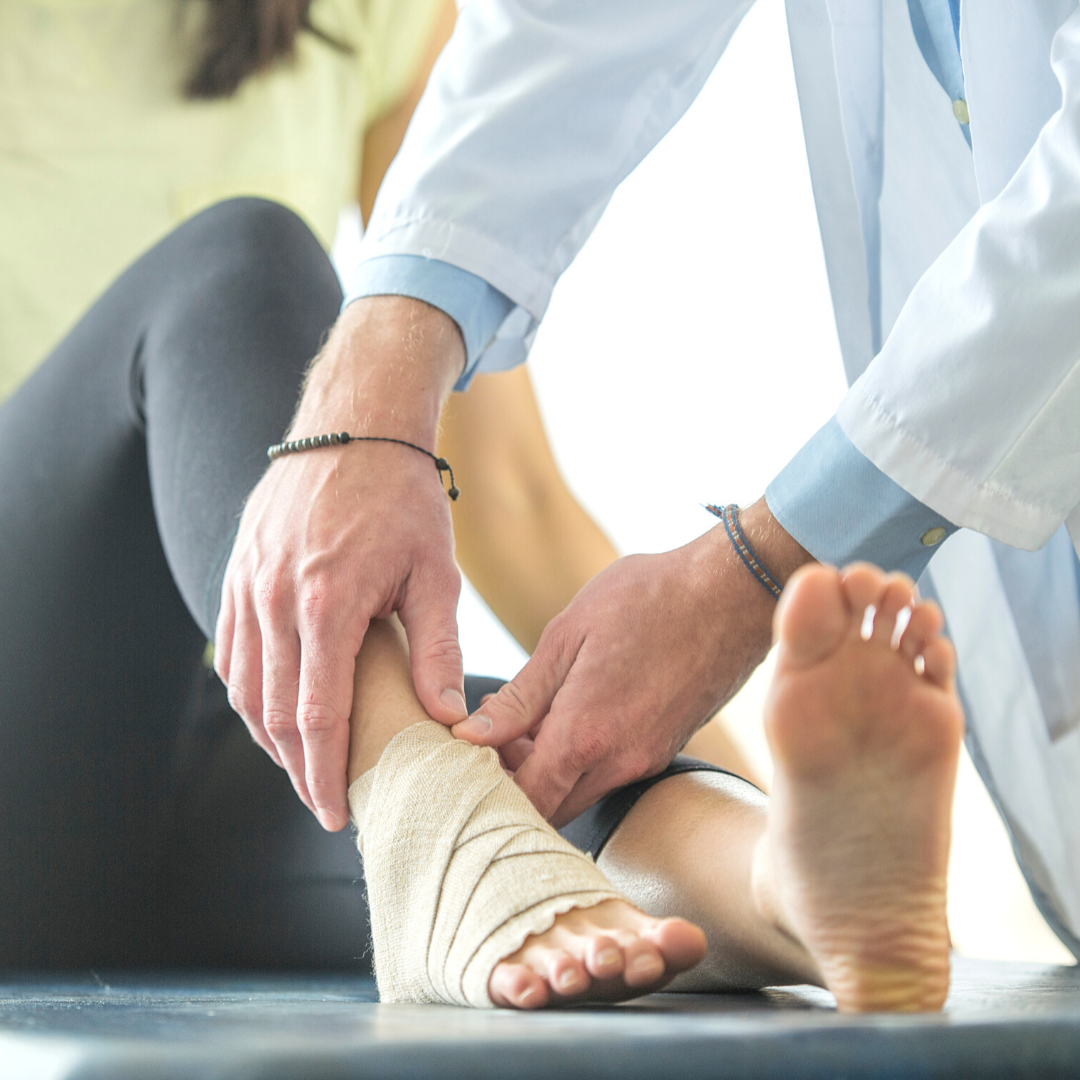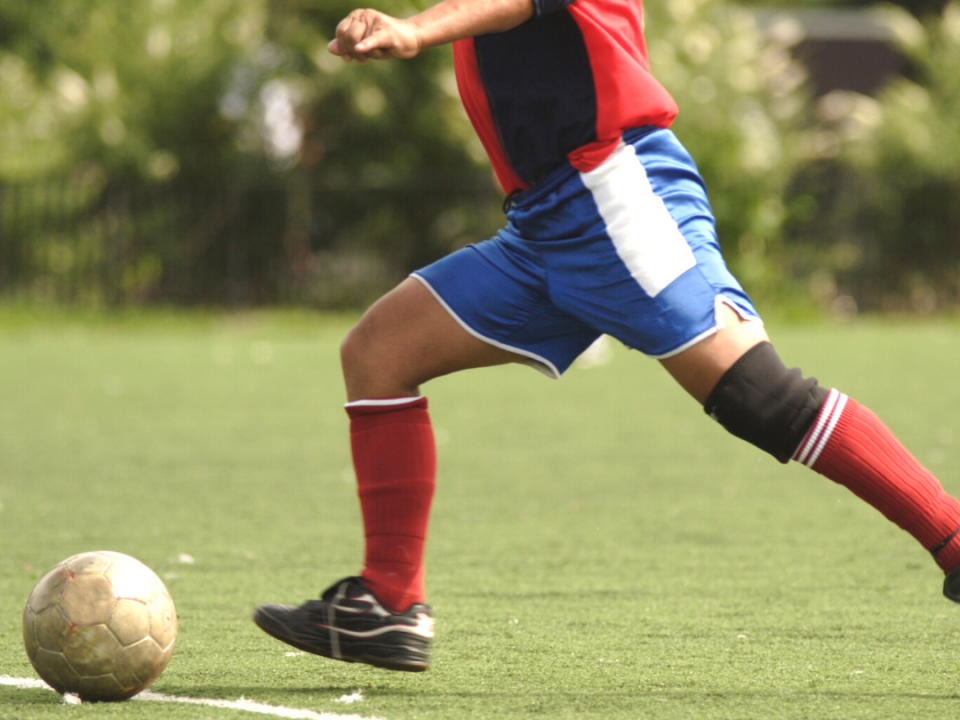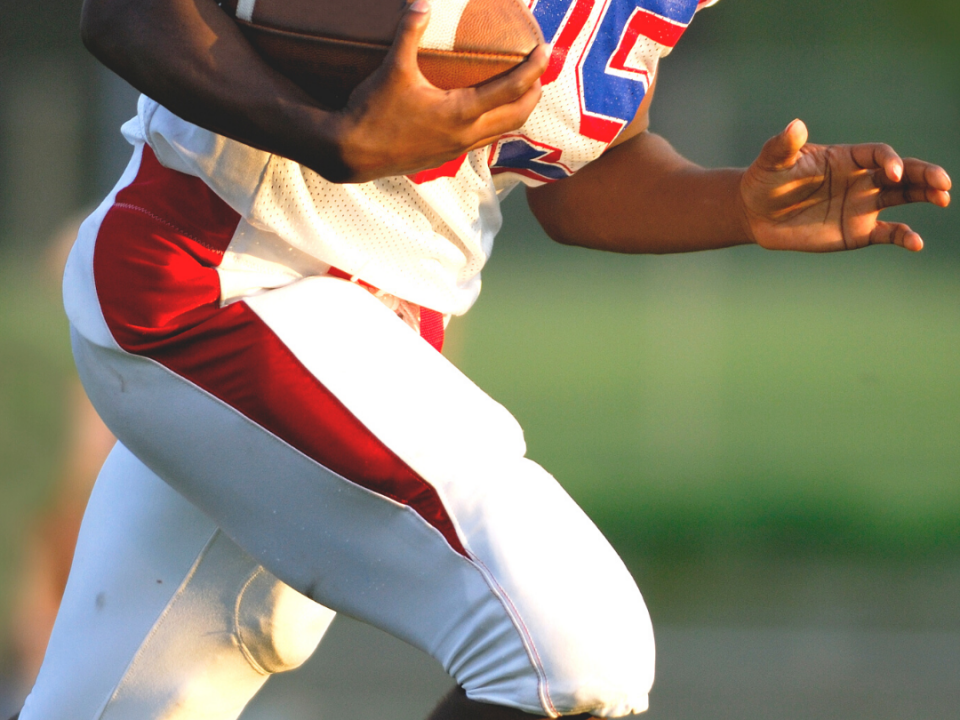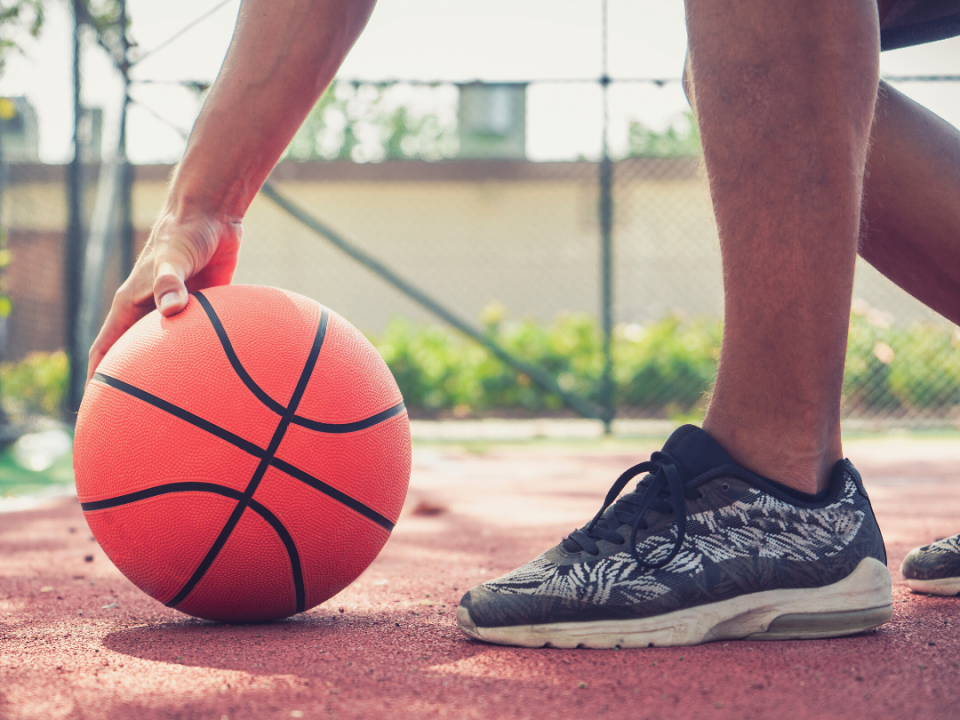On Lance Armstrong’s way to becoming one of the greatest cyclists of all time, he has overcome many obstacles. This week he faces a new one: recovering from surgery for a broken clavicle. The clavicle, or collarbone, is the bone between one’s sternum and scapula (or shoulder blade). It plays an important role in the function of the shoulder girdle and serves to protect major blood vessels and nerves.
Clavicle fractures are very common injuries, accounting for about 5% of all fractures seen in emergency departments. They most frequently occur in the middle of the bone, and in adults, they usually result from forceful, direct impact to the bone. In Lance’s case, falling off his bike in a pile-up during the first stage of the Vuelta a Castilla y Leon race in Spain was enough to cause the fracture. This is actually a not-uncommon mechanism for these injuries, as cyclists can reach speeds greater than 25 miles per hour. If they flip over their handlebars and land directly on their clavicle, a tremendous amount of force is imparted to the bone.
Clavicle fractures are extremely painful. Patients may present with swelling, tenderness, bruising, and/or deformity of the bone. In severe cases, the break can lead to compromise of the underlying neurovascular structures or even of the lung, which can cause problems breathing. Diagnosis is confirmed with X-rays.
Although these fractures are very painful, the majority can successfully be treated with conservative measures, particularly non- and minimally-displaced fractures (meaning the pieces of bone haven’t moved too far apart from one another). Patients are placed in a sling and given pain medications. Often they can return to training for sports at about 6 weeks after the injury. If one goes back before the bone heals, there is clearly an increased risk of re-fracture.
Some of the indications for surgery include significant displacement of the bone ends such that they are tenting the skin, injury to the surrounding neurovascular structures, and fractures that come through the skin (or open fractures). Oftentimes, athletes are treated surgically to get them back to their sports more quickly. According to Dean Lorich, an orthopedic surgeon at The Hospital for Special Surgery and the Associate Director of the Orthopedic Trauma Service at NY Presbyterian Hospital, “Academically the reason to fix clavicle fractures is improved strength, endurance and cosmesis. The displaced clavicle can lead to significant shoulder asymmetry when healed (ie shortened shoulder) and large bump.” Lorich adds that “patients treated operatively are some of the most grateful patients I have, as their pain and disability disappear almost immediately.” Acutely, in most cases, he “prefers to use an intramedullary nail instead of a plate and screws, as it is done minimally invasively and almost never requires removal of the plate.”
If the break is more complicated, the use of an intramedullary device doesn’t work and a more involved procedure using a plate and screws is required. According to reports from Armstrong’s manager, this is what was used in Lance’s case.
Typically, after surgery, these fractures heal well. The issue for Armstrong centers on how quickly he can return to riding. Even though he is not an overhead athlete, which would require significantly more range of motion in his shoulder before returning to activities such as throwing a baseball or serving a tennis ball, as a cyclist he still puts lots of stress through his shoulder girdle when he leans forward on the handlebars. One thing we know about Lance is that he has a remarkable ability to use setbacks as motivation to take his game to the next level. Hopefully, this injury will have the same effect and we will see Lance competing at the highest level in the upcoming Tour de France.
